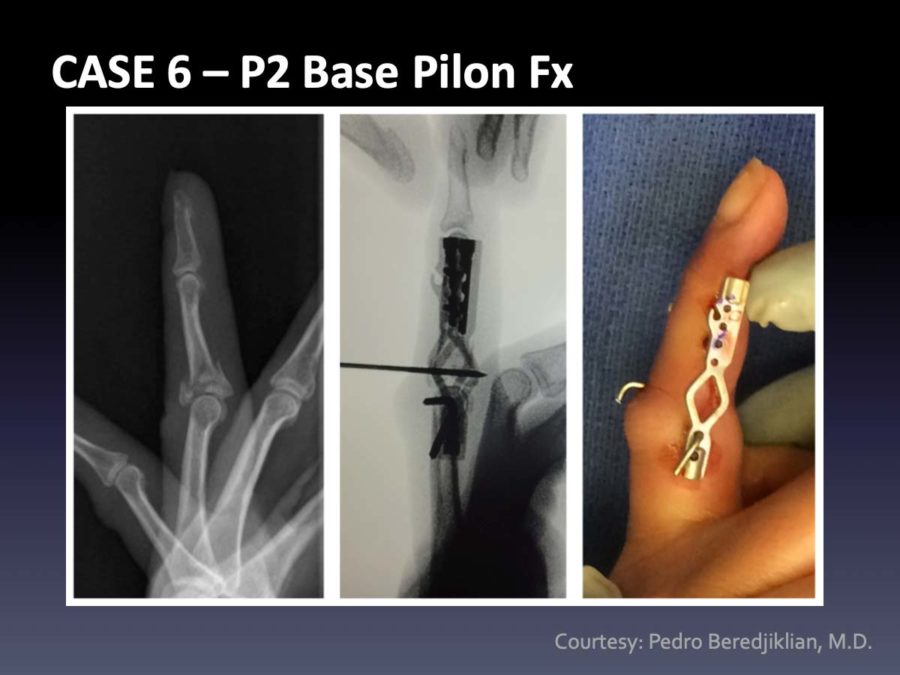

The amount of swelling will determine if and when surgery can be done. Check for swelling in your foot and ankle.Check your pulse at key points of the foot to be sure that there is a good blood supply to your foot and ankle.

In some cases, nerves may be injured at the same time that the bone is broken. Check to see if you can move your toes and feel things throughout your foot.Examine your lower leg and ankle, looking for cuts from the injury and gently pushing on different areas to see if it hurts.Physical ExaminationĪfter discussing your symptoms and medical history, your doctor will perform a careful examination. If their injuries cause significant blood loss, it could lead to shock - a life-threatening condition that can result in organ failure. These patients may also have additional injuries to the head, chest, abdomen, or legs.

Patients with high-energy fractures will almost always go to an urgent care center or emergency room for initial treatment because of the severity of their symptoms. Because of the energy required to cause a pilon fracture, patients may have other injuries that require treatment as well. In most cases, surgery is needed to restore the damaged bone to its normal position. In many pilon fractures, the bone may be crushed or split into several pieces due to the high-energy impact that caused the injury. Pilon is the French word for "pestle" - an instrument used for crushing or pounding. Pilon fractures are often severe injuries that can permanently affect the ankle joint. A pilon fracture typically occurs as the result of a high-energy event, such as a car collision or fall from a height. With this type of injury, the other bone in the lower leg, the fibula, is frequently broken as well. To find in-depth information on ankle fractures, please read Ankle Fractures (Broken Ankle).Ī pilon fracture is a type of break that occurs at the bottom of the tibia (shinbone) and involves the weight-bearing surface of the ankle joint.
#Pilon fracture orif cpt trial
Further research, ideally in a randomised control trial format, is required to definitively demonstrate ORIF superiority in the management of open pilon fractures.Įxternal fixation Open pilon fracture Open reduction internal fixation.This article addresses pilon fractures-a specific type of fracture that occurs in the lower leg near the ankle. The meta-analysis found no significant difference in non-union (pooled OR=0.25, 95% CI: 0.03 to 2.24, P=0.44) or deep infection rates (pooled OR=1.35, 95% CI: 0.11 to 16.69, P=0.12) between the ORIF and Ex-fix groups.īased on our study, while Ex-Fix and ORIF have similar functional outcomes, Ex-Fix appears to have a significantly higher risk of postoperative complications which must be considered by surgeons when choosing surgical management options. For all included studies, the Ex-Fix group had significantly higher rates of superficial infections ( P=0.001), non-unions ( P=0.001), osteoarthritis ( P=0.001) and bone grafting ( P=0.001).

Both ORIF and Ex-Fix were found to have statistically similar AOFAS scores ( P=0.682). 60 Type III fractures could not be further separated and 12 were ungraded. All fractures included were open, and consisted of 64 Gustilo-Anderson Type I, 148 Type II, 103 Type IIIa, 90 Type IIIb and 9 Type IIIc. The search yielded 309 results and a total of 18 studies consisting of 484 patients were included. We were able to carry out a meta-analysis for both deep infections and non-unions. Functional outcomes in the form of the AOFAS score was also measured where possible. The postoperative complications measured included non-union, mal-union, delayed union, bone grafting, amputation, osteoarthritis, deep infection and superficial infection. We conducted a search in PubMed, EMBASE and CENTRAL for postoperative complications and functional outcomes in open pilon fractures in those treated with Ex-Fix vs ORIF (PROSPERO-CRD42020184213). This study aimed to elucidate how surgical management options can influence postoperative complications, and if this can influence future management protocols. Whilst there is a plethora of data regarding these strategies for Pilon fractures as a whole, very limited data exists solely on the management of open Pilon fractures. Different techniques exist for their management, with open reduction and internal fixation (ORIF) and External fixation (Ex-Fix) the most widely used. Pilon fractures represent one of the most surgically challenging fractures in orthopaedics.


 0 kommentar(er)
0 kommentar(er)
